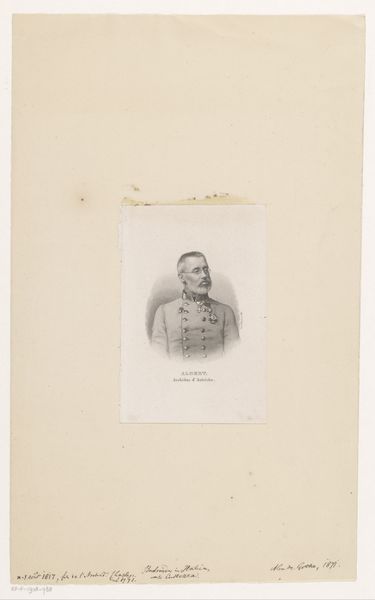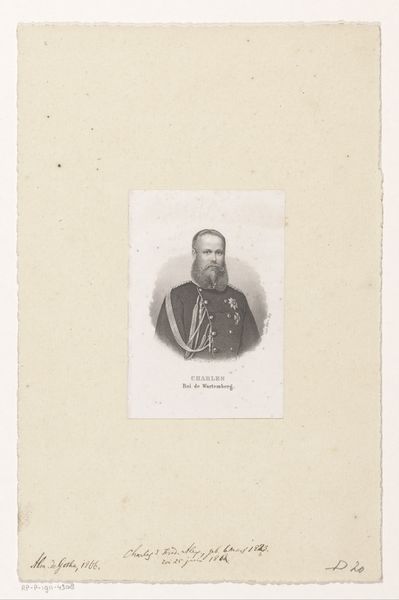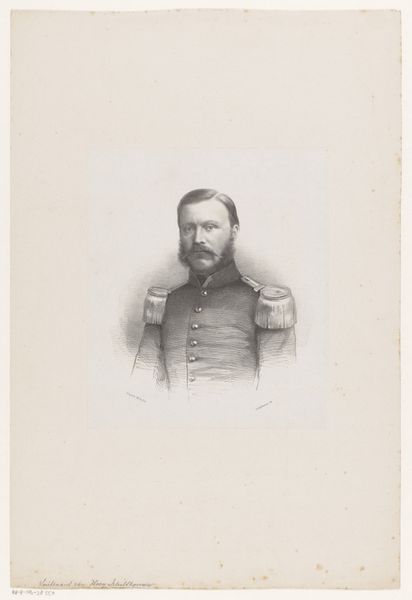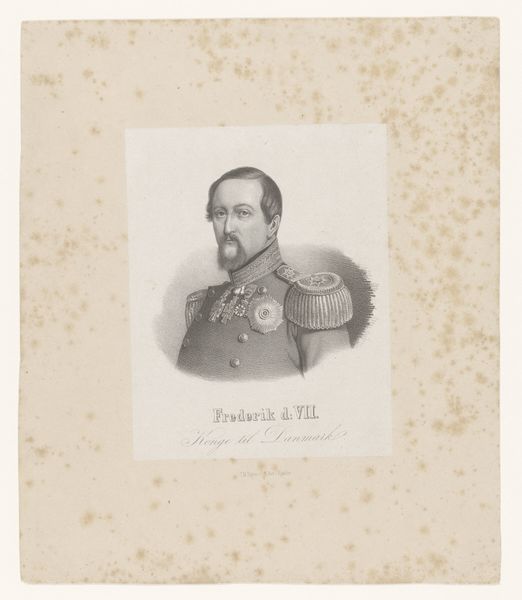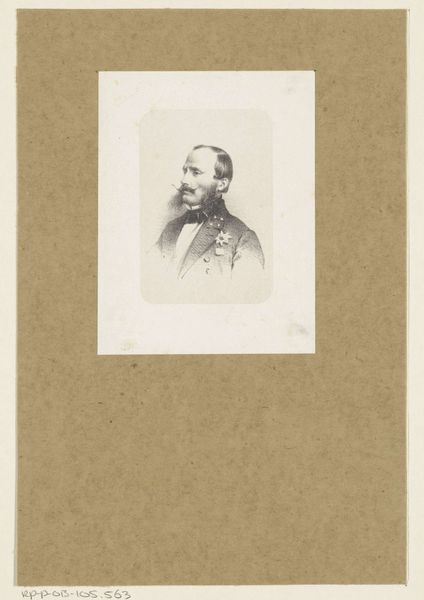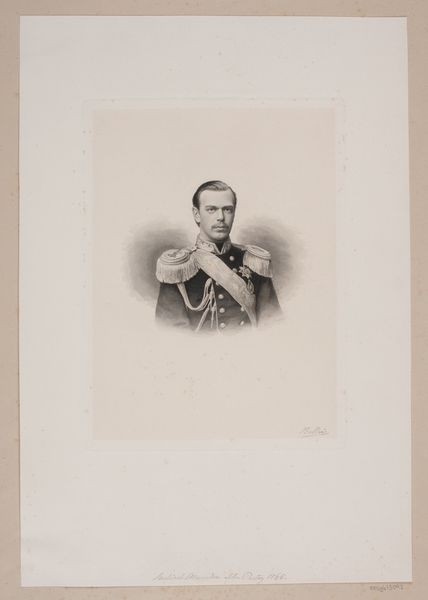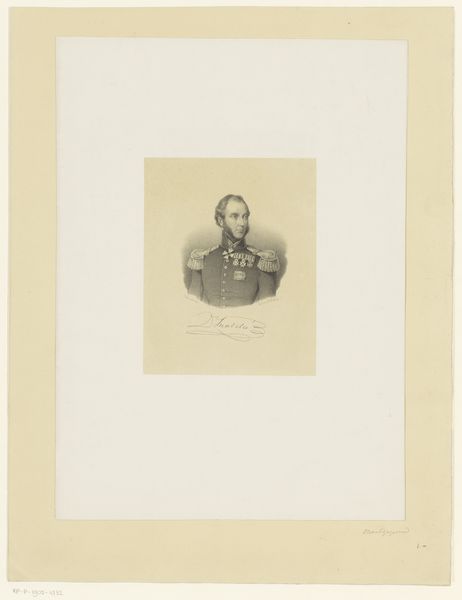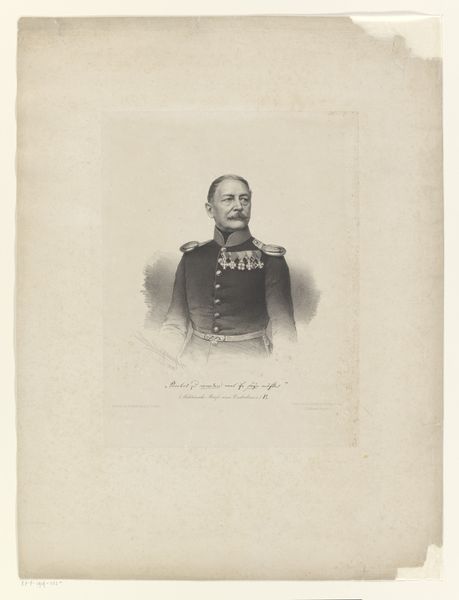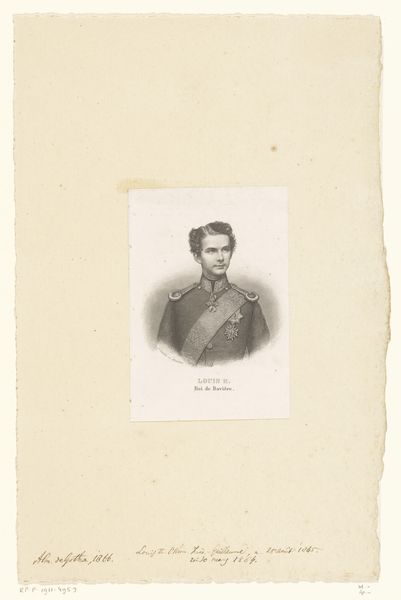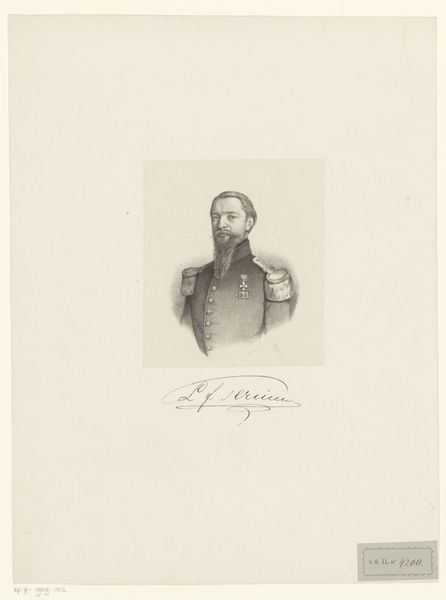
print, engraving
#
pencil drawn
# print
#
history-painting
#
academic-art
#
engraving
Dimensions: height 106 mm, width 72 mm
Copyright: Rijks Museum: Open Domain
Editor: This is Carl Mayer's "Portret van Reinier, aartshertog van Oostenrijk," made in 1866. It's an engraving, and the detail is quite striking for something so small. I'm curious – how should we approach understanding a piece like this? Curator: Given this is a print, an engraving, the material processes involved are central to understanding its function and reach. It's not merely a portrait of Archduke Rainer; it's a commodity. Editor: A commodity? In what sense? Curator: Engravings allowed for the mass production of images. Consider the labor involved, the etchers, the printers – all producing replications intended for widespread consumption. This brings the image, and therefore the idea of Archduke Rainer, to a broader public, extending the reach of power structures. Editor: So the material itself is tied to the social and political context. It wasn't just about the artistry of rendering a likeness. Curator: Precisely. How do we contextualize the accessibility enabled by these prints? What types of paper are used? The ink? Who had access to it, and who did the actual labor? These questions unveil power dynamics at play. Think about the division of labor inherent in this image’s production. Editor: That shifts my understanding quite a bit. I was focusing on the man depicted, but you're right; it's equally about the hands that brought him to so many people. So much for this engraving being merely about replicating aristocratic status— it actively PARTICIPATES in shaping social relations through consumption. Curator: Exactly! Examining materiality allows us to disrupt the traditional focus on individual genius, forcing us to confront the very infrastructure of image production and its inherent inequalities. Editor: I never considered the means of distribution itself shaping meaning so actively. Thank you!
Comments
No comments
Be the first to comment and join the conversation on the ultimate creative platform.
